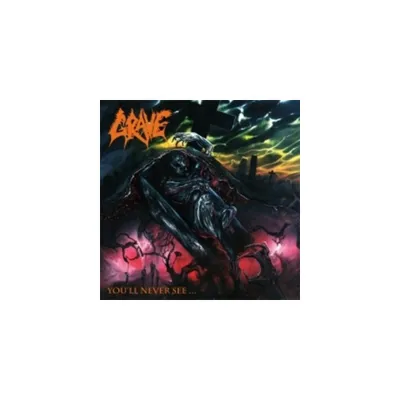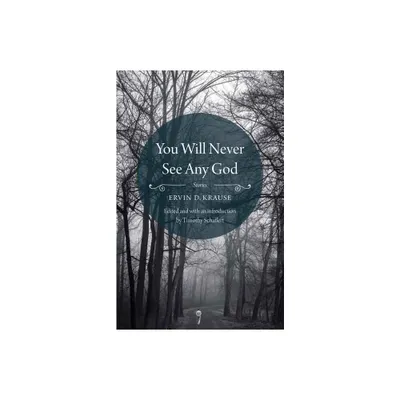Home
The World Will Never See Like: Gettysburg Reunion of 1913
Loading Inventory...
Barnes and Noble
The World Will Never See Like: Gettysburg Reunion of 1913
Current price: $32.95


Barnes and Noble
The World Will Never See Like: Gettysburg Reunion of 1913
Current price: $32.95
Loading Inventory...
Size: Hardcover
*Product Information may vary - to confirm product availability, pricing, and additional information please contact Barnes and Noble
“In this groundbreaking study, author John L. Hopkins deftly examines the reunion through the lens of the veterans within the context of society, politics, and the national mood at the time.” — Scott L. Mingus Sr., author of Flames Beyond Gettysburg and co-author of If We Are Striking for Pennsylvania, Vols. 1 and 2
The largest gathering of Union and Confederate veterans ever held was front-page news throughout the country. “[It] will be talked about and written about as long as the American people boast of the dauntless courage of Gettysburg,” declared a woman who accompanied her father to the reunion. But as the years passed, the memorable event was all but forgotten. John Hopkins’s
The World Will Never See the Like: The Gettysburg Reunion of 1913
goes a long way toward making sure the world will remember.The 1913 Gettysburg reunion is a story of 53,000 old comrades and former foes reunited, and of the tension, even half a century later, between competing narratives of reconciliation and remembrance. For seven days the old soldiers lived under canvas in stifling heat on a 280-acre encampment run by the U.S. Army. They swapped stories, debated still-simmering controversies about the battle, and fed tall tales to gullible reporters. On July 3, the aging survivors of Pickett’s Division and the Philadelphia Brigade shook hands across the wall on Cemetery Ridge in the reunion’s climactic photo op.Some of the battle’s leading personalities attended, including Union III Corps commander Dan Sickles, who at 92 was still eager to explain to anyone who would listen the indispensable role he claimed to have played in the Union victory. Also present was Helen Dortch Longstreet, the widow of Confederate Lt. Gen. James Longstreet, who devoted her life and considerable energies to defending the reputation of her general. Both wrote articles from the reunion that were syndicated in newspapers across the country. There was even a cameo appearance by a young and as-yet unknown cavalry officer named George S. Patton Jr.Hopkins fills his marvelous account with detail from the letters, diaries, and published accounts of Union and Confederate veterans, the extensive archival records of the reunion’s organizers, and the daily stories filed by the scores of reporters who covered it.
The World Will Never See the Like
offers the first full story of this extraordinary event’s genesis and planning, the obstacles overcome on the way to making it a reality, its place in the larger narrative of sectional reunion and reconciliation, and the individual stories of the veterans who attended. Every reader interested in Gettysburg will find this a welcome addition to their library.
The largest gathering of Union and Confederate veterans ever held was front-page news throughout the country. “[It] will be talked about and written about as long as the American people boast of the dauntless courage of Gettysburg,” declared a woman who accompanied her father to the reunion. But as the years passed, the memorable event was all but forgotten. John Hopkins’s
The World Will Never See the Like: The Gettysburg Reunion of 1913
goes a long way toward making sure the world will remember.The 1913 Gettysburg reunion is a story of 53,000 old comrades and former foes reunited, and of the tension, even half a century later, between competing narratives of reconciliation and remembrance. For seven days the old soldiers lived under canvas in stifling heat on a 280-acre encampment run by the U.S. Army. They swapped stories, debated still-simmering controversies about the battle, and fed tall tales to gullible reporters. On July 3, the aging survivors of Pickett’s Division and the Philadelphia Brigade shook hands across the wall on Cemetery Ridge in the reunion’s climactic photo op.Some of the battle’s leading personalities attended, including Union III Corps commander Dan Sickles, who at 92 was still eager to explain to anyone who would listen the indispensable role he claimed to have played in the Union victory. Also present was Helen Dortch Longstreet, the widow of Confederate Lt. Gen. James Longstreet, who devoted her life and considerable energies to defending the reputation of her general. Both wrote articles from the reunion that were syndicated in newspapers across the country. There was even a cameo appearance by a young and as-yet unknown cavalry officer named George S. Patton Jr.Hopkins fills his marvelous account with detail from the letters, diaries, and published accounts of Union and Confederate veterans, the extensive archival records of the reunion’s organizers, and the daily stories filed by the scores of reporters who covered it.
The World Will Never See the Like
offers the first full story of this extraordinary event’s genesis and planning, the obstacles overcome on the way to making it a reality, its place in the larger narrative of sectional reunion and reconciliation, and the individual stories of the veterans who attended. Every reader interested in Gettysburg will find this a welcome addition to their library.


















